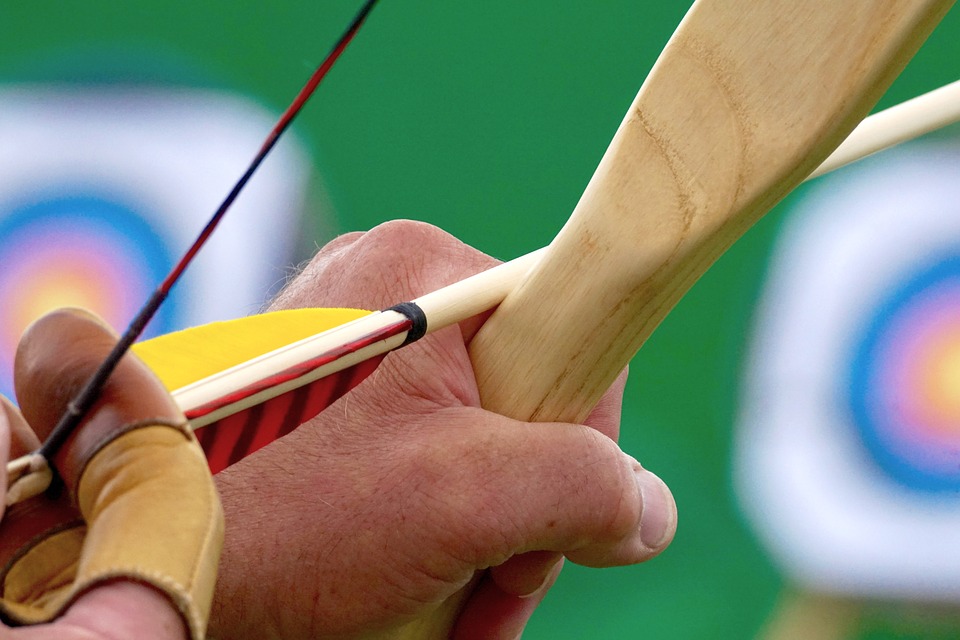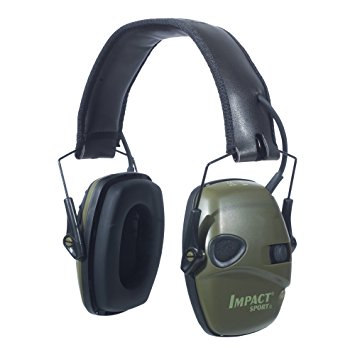Things You Should Know about Crossbow Bolts
 While starting using crossbows, keep in mind that the weight of your arrows can considerably affect the precision and sighting-in. What’s the difference between arrows and bolts and which one should be preferred? Let’s see.
While starting using crossbows, keep in mind that the weight of your arrows can considerably affect the precision and sighting-in. What’s the difference between arrows and bolts and which one should be preferred? Let’s see.
Bolts or Arrows?
Crossbow projectile is often referred to as bolts whereas it’s also called an arrow. Both the terms are correct; however, the term ‘bolt’ can only be used in combination with a crossbow (and never a regular bow). In a technical point of view, a bolt doesn’t have stabilizing vanes at the back, while an arrow always has them. In a linguistic point of view, however, whenever crossbow bolts or arrows are discussed, the topic of discussion is typically the same. http://bowauthority.com/ is an excellent source of information on bows, arrows, bolts and the likes.
Various Parts of Bolts and Specifications
Most crossbow bolts are 16” to 22” long, with a 20” length on an average. All crossbow manufacturers provide recommendations regarding the length of the bolts you should use; while buying new bolts, you must ensure they are the same length as suggested. If they are slightly longer, it’s fine, but shorter ones are not, since the tip could meddle with the crossbow rail (the groove where the bolt goes).
Here are the parts of a crossbow bolt.
Shaft
This is the main body of the bolt and it is to this part all other parts are attached. Most modern day crossbow bolts are made from carbon or aluminum because these elements are light-weight, very resistant to bending and don’t splinter. Sometimes a combination of these two is also used.
Shafts vary in stiffness which is referred to as the ‘spine’ of the bolt. The more the resistance to bending of a bolt, the more ‘spine’ it’s said to have.
Nock
Nock is attached to the back of the shaft and is made out of either aluminum or plastic most of the times. It’s designed to keep the bolt in place when you line up for the shot.
Nocks are of two basic types: half-moon and flat nock. The half-moon nock features a groove that you should align with your string so as to fire the bolt.
Fletchings
These are the little ‘wings’ that can be found at the back of the bolt, near the nock and they are useful for:
- Stabilizing the trajectory of the bolt mid-flight
- Help it go in the proper direction
- Stop it from swaying or pithing to right or left
Today’s bolts have 3 fletchings, made from a type of plastic and sometimes referred to as vanes. More traditional fletchings are made from bird feathers but these are never used on crossbow bolts.
Bolt Head
Bolt heads are of two kinds and one of them is divided further into 3 sub-types. Here’s a quick overview of all.
1. Field Points: Also referred to as “target points”, field points are just for that – target practice. They don’t have pointed edges so they are not useful for hunting game. They just have a tip enough to pierce deep into the practice target, but not enough to destroy it.
2. Broad Heads: Boradheads are used for hunting and they are connected (screwed-in) to the tip of the bolt shaft, same as field points. These are divided into 3 sub-types.
- Fixed-blade: As suggested by the name, they feature fixed, razor-sharp blades that are not removable.
- Removable-blade: In these, blades can be detached from the broadhead and attached again whenever needed.
- Expandable-blade: Here the blades are hidden and open up only once the bolt hits the animal, so as to cause maximum damage.
Based on this information, you can now choose the right bolts for your crossbow. But if you want more detailed information, visit http://bowauthority.com/best-crossbow-bolts/ where you can get everything you need to know about crossbow bolts and reviews of various brands too. Happy archery!



















